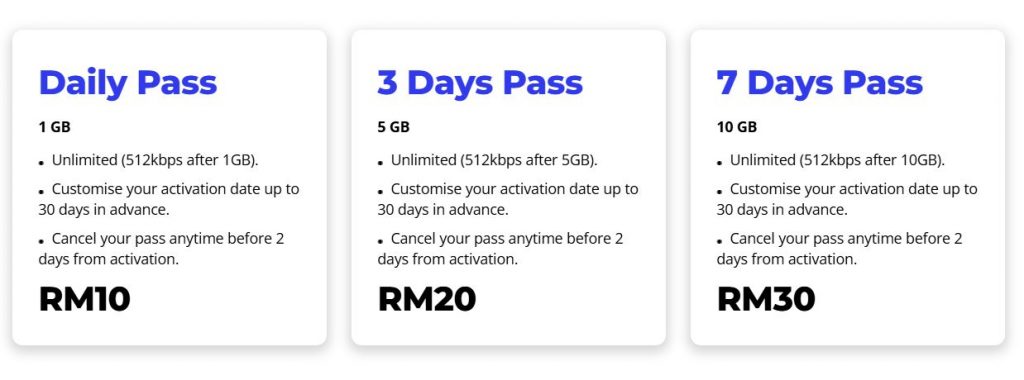In today’s digital age, technology plays a pivotal role in shaping and enhancing marketing strategies. With the rise of social media, mobile devices, and data analytics, marketers now have access to more tools and insights than ever before to connect with customers and promote their brands. Implementing the right technologies can help companies boost engagement, increase conversions, personalize experiences, and stay ahead of the competition. According to a recent survey, 78% of marketers say technology is critical to the overall success of their marketing strategies.
Technology empowers marketers to gain deeper insights into their target audience and craft data-driven campaigns that resonate. It also allows for more effective communication across channels and devices. For businesses looking to improve their marketing in the digital era, leveraging the right technologies is key. Here are 10 impactful ways technology can be utilized to upgrade your marketing strategy:
1. Improve Campaign Targeting
Today’s marketing technologies allow ultra-precise ad targeting and outreach to identify and engage your ideal customers. Here are some techniques and tools to improve marketing campaign;
- CRM platforms contain rich customer data like demographics, purchase history, and engagement metrics. This data powers dynamic audience segmentation for campaigns.
- Marketing automation tools track on-site behavior like page views, content downloads, and email opens. Use this data to create customized nurture streams for specific user segments.
- Programmatic advertising leverages real-time data to target ads. Target by location, gender, age, interests, past purchases, and browsing history. Reach audiences when they are most receptive.
- Advanced targeting ensures marketing dollars are spent efficiently. Identify high-value customer segments and focus campaigns squarely on them to boost engagement and conversions.
The more refined your targeting, the better your campaigns will resonate. Laser-targeting based on robust data is the key to marketing success.
2. Build Omnichannel Journeys
Orchestrating seamless omnichannel customer experiences across devices and channels is vital for brands today. With marketing technology stacks, you can track engagement across channels and craft unified journeys:
- Use cookie tracking and pixels to identify website visitors and retarget them with relevant social ads, email follow-ups, and personalized recommendations across devices.
- Implement lead scoring models and send behavioral-based email triggers when someone abandons a cart, browses a certain product page multiple times, or matches defined criteria.
- Connect attribution across channels by implementing UTMs and pixel tracking. See the true cross-channel customer journey and how touchpoints influence each other.
- Use chatbots and messaging to engage visitors in real-time. Chatbots can qualify leads, provide support, and route users to the right channels based on their needs.
- Collect first-party data across channels through surveys, website engagement, purchases, and more. Build unified customer profiles.
Use a customer data platform (CDP) to create a single view of the customer journey. Omnichannel coordination leads to more seamless, relevant experiences and higher conversions.
3. Conduct In-Depth Audience Research
Gaining a detailed understanding of your target audience is the foundation of any effective marketing strategy. With technology, marketers can gather more precise consumer data from a variety of sources:
- Web analytics like Google Analytics provide insights into visitor demographics, interests, and behavior on your website and social platforms. You can see what content resonates most with different audience groups.
- Marketing automation software can track email open and click-through rates by customer segment. See what subject lines, content, and offers perform best.
- Surveys and polls can collect first-party data on audience preferences, pain points, and attributes. Get feedback directly from your audience.
- Social listening explores mentions, hashtags, reviews, and conversations around your brand on social media. Discover how people perceive you.
- Customer relationship management (CRM) centralizes data on past purchases, interests, demographics, and engagement. Build more detailed customer profiles.
With these rich insights, you can tailor content topics, messaging, offers, and experiences to resonate more with different audience groups.
4. Create Personalized Experiences
Image source
Personalized marketing experiences make customers feel valued as individuals, not just faceless consumers. When messaging and offers align with personal interests and preferences, it forges an emotional connection between the brand and the customer.
Personalization goes beyond just using someone’s name in an email. True personalization leverages data and analytics to understand each customer’s unique journey and craft relevant, timely interactions.
For example:
- Email marketing platforms like Mailchimp allow you to segment your list and send targeted content to specific subscriber groups based on their attributes and interests.
- CRM systems can personalize product recommendations and messages in emails or on-site based on individual interests and purchase history.
- Website personalization engines offer dynamic product suggestions, content, and messaging tailored to each visitor.
- Marketing automation sends behavioral-based triggers and customized nurture campaigns to website visitors.
When customers feel understood and catered to as individuals, they are more receptive to your messaging and offers. Personalization makes people feel special and deepens brand loyalty over time
5. Streamline Campaign Management
Executing campaigns across many channels and platforms can be complex for marketers. Marketing automation and campaign management tools help centralize and simplify the process:
- Build campaigns within one system and generate creatives optimized for different platforms based on dimensions and specs.
- Bulk upload assets, content, and creative templates into digital asset management to facilitate distribution.
- Unified analytics and reporting provide campaign insights across all channels and platforms. See the performance in one place.
- Attribution modeling accurately assigns value to each channel/touchpoint.
- Machine learning optimizations take the guesswork out of campaign management.
With marketing technology, you can achieve integrated campaign management at scale, save time through workflow automation, and optimize performance.
6. Boost Brand Storytelling
Technology gives marketers greater creative capabilities to tell their brand stories in compelling ways:
- Interactive content like augmented reality, 360-degree video, and virtual experiences immerse customers in branded storytelling.
- Smart personalization engines offer dynamic product recommendations, custom landing pages, and tailored content to each visitor, shaping personalized narratives.
- Chatbots engage visitors in branded conversations with scripted dialogues and distinct personalities.
- Marketing automation platforms help craft and deliver personalized content journeys based on interests and behaviors.
- Digital asset management centralizes approved branded content for omnichannel storytelling.
- Creative collaboration tools allow teams to develop immersive, interactive, branded content.
With marketing technology, you can deliver content that educates, entertains, engages emotion, and promotes your products. Storytelling breeds loyalty and connection with your brand.
Conclusion
Implementing the right marketing technologies provides tangible advantages for modern brands. Technologies give marketers the insights, personalization capabilities, analytical tools, and automation needed to execute highly effective campaigns. While the martech landscape continues advancing rapidly, focusing on solutions that align with your strategic needs is key. With technology as an ally, marketers can drive greater brand awareness, engagement, conversions, and loyalty. A tech-powered approach is critical to building a future-proof marketing strategy that delivers results.




